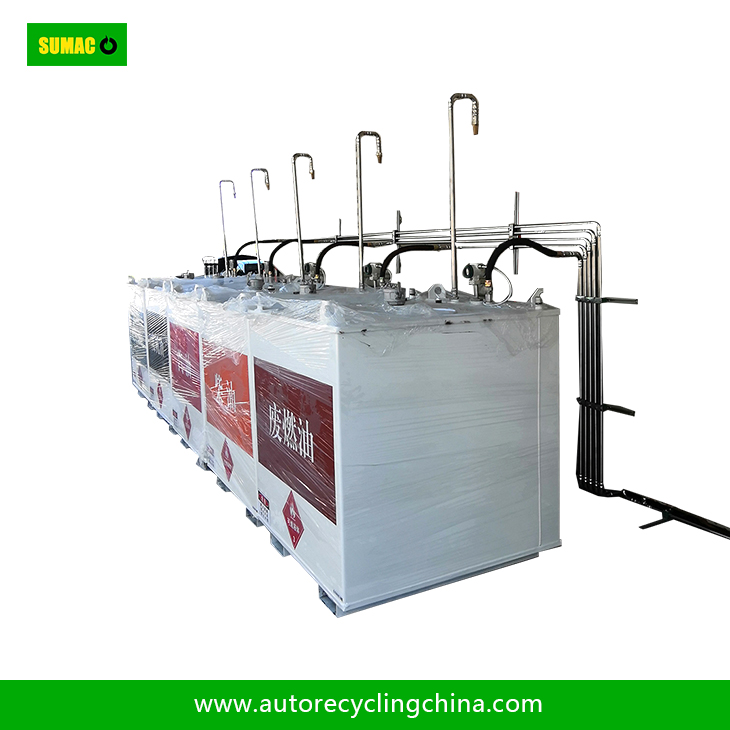Here are the acceptance criteria for painting fuel storage tanks:
Coating Appearance
- Color and Gloss: The color and gloss of the coating should be uniform and consistent with the specified requirements. There should be no obvious color differences, streaks, or uneven gloss.
- Surface Finish: The surface of the coating should be smooth and free of defects such as bumps, pits, bubbles, cracks, and peeling. A smooth surface not only improves the aesthetics but also helps to prevent the accumulation of dirt and moisture.
Adhesion
- Cross - Hatch Test: Use a cross - hatch cutter to make a grid of cuts on the coating surface and then apply adhesive tape. After peeling off the tape, check if the coating has been removed. If the coating shows no signs of detachment or only a small amount of flaking at the edges of the cuts, it meets the adhesion requirements.
- Pull - Off Test: This test measures the force required to pull a small area of the coating off the substrate. The measured value should be within the range specified by the coating manufacturer. Adequate adhesion ensures that the coating remains firmly attached to the fuel storage tank and can withstand the effects of fuel and environmental factors.
Coating Thickness
- Measurement: Use a coating thickness gauge to measure the thickness of the coating at multiple points on the tank surface. The average thickness should meet the design requirements, and the minimum thickness at any point should not be less than a certain percentage (usually 80% - 90%) of the specified thickness. Uniform coating thickness is crucial for ensuring consistent protection and durability.
Chemical Resistance
- Solvent Resistance: Apply a small amount of the relevant solvent (such as gasoline, diesel, etc.) to a hidden area of the coating and observe for a certain period. The coating should not show signs of swelling, softening, or discoloration. This indicates that the coating can resist the chemical attack of the fuel stored in the tank.
-
Weather Resistance: If possible, expose a sample of the painted tank or a coated test panel to outdoor weather conditions for a certain period or conduct accelerated weathering tests in a laboratory. The coating should maintain its integrity, with no significant fading, cracking, or peeling, demonstrating its ability to withstand long - term exposure to the elements

